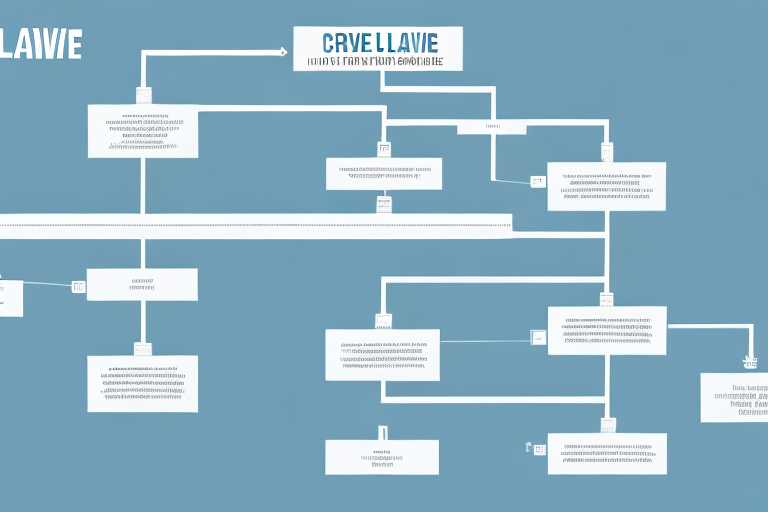The process for updating your CMMC level when your business needs change is an important aspect of maintaining a strong cybersecurity posture. The Cybersecurity Maturity Model Certification (CMMC) framework provides a structured approach to assessing and improving an organization’s cybersecurity practices. In this article, we will explore the various steps involved in updating your CMMC level and outline the key considerations to ensure a smooth transition.
Understanding the CMMC framework
Before diving into the process of updating your CMMC level, it’s crucial to have a clear understanding of the CMMC framework itself. The CMMC is a unified standard for implementing cybersecurity across the Defense Industrial Base (DIB) sector. It aims to enhance the protection of Controlled Unclassified Information (CUI) within the supply chain by assessing and certifying the cybersecurity maturity of organizations. The framework consists of five different levels, each representing an increasing level of cybersecurity practices and controls.
To update your CMMC level, you must first have a baseline understanding of the framework and its requirements. This will enable you to identify the gaps between your current level and the desired level, and determine the steps needed to bridge those gaps effectively.
Implementing the CMMC framework involves a comprehensive assessment of an organization’s cybersecurity practices and controls. This assessment is conducted by certified third-party assessors who evaluate the organization’s adherence to the specific requirements of each CMMC level. The assessment process includes reviewing documentation, conducting interviews, and performing technical evaluations to determine the organization’s cybersecurity maturity.
The importance of regularly assessing and updating your CMMC level
Regularly assessing and updating your CMMC level is crucial to ensure that your organization’s cybersecurity measures align with the evolving threat landscape and changing business needs. Cybersecurity threats are constantly evolving, and what may have been sufficient yesterday may not be adequate today. By regularly evaluating and updating your CMMC level, you can ensure that your organization is equipped with the necessary controls and practices to mitigate emerging risks.
Moreover, updating your CMMC level demonstrates a commitment to continuous improvement in cybersecurity practices. It not only enhances your organization’s overall security posture but also builds trust with customers, partners, and government agencies that rely on the CMMC framework for supply chain risk management.
Regularly assessing and updating your CMMC level also helps your organization stay compliant with regulatory requirements. Many industries, such as defense, aerospace, and healthcare, have specific cybersecurity regulations that organizations must adhere to. By regularly evaluating and updating your CMMC level, you can ensure that your organization remains in compliance with these regulations, avoiding potential penalties and reputational damage.
Identifying the key factors that can trigger a need to update your CMMC level
Updating your CMMC level should be driven by changes in your business needs and external factors that may impact your cybersecurity requirements. Some key factors that may trigger a need to update your CMMC level include:
- Changes in contractual obligations: If your organization enters into new contracts or modifies existing ones that require a higher CMMC level, you will need to update your level accordingly.
- Emerging threats: As new cyber threats emerge or existing threats evolve, it may be necessary to update your CMMC level to address these risks effectively.
- Business growth or transformation: If your organization undergoes significant growth or undergoes a transformation such as mergers, acquisitions, or changes in the nature of operations, you may need to reassess your cybersecurity needs and update your CMMC level accordingly.
- Regulatory changes: Changes in relevant regulations or industry standards may necessitate an update to your CMMC level to maintain compliance.
By proactively identifying these triggers and monitoring changes in your business environment, you can stay ahead of potential cybersecurity gaps and ensure a timely update of your CMMC level when needed.
Another key factor that can trigger a need to update your CMMC level is the discovery of vulnerabilities or weaknesses in your current cybersecurity measures. If your organization identifies vulnerabilities that could potentially compromise the security of sensitive information or systems, it is crucial to update your CMMC level to address these issues and strengthen your overall cybersecurity posture.







